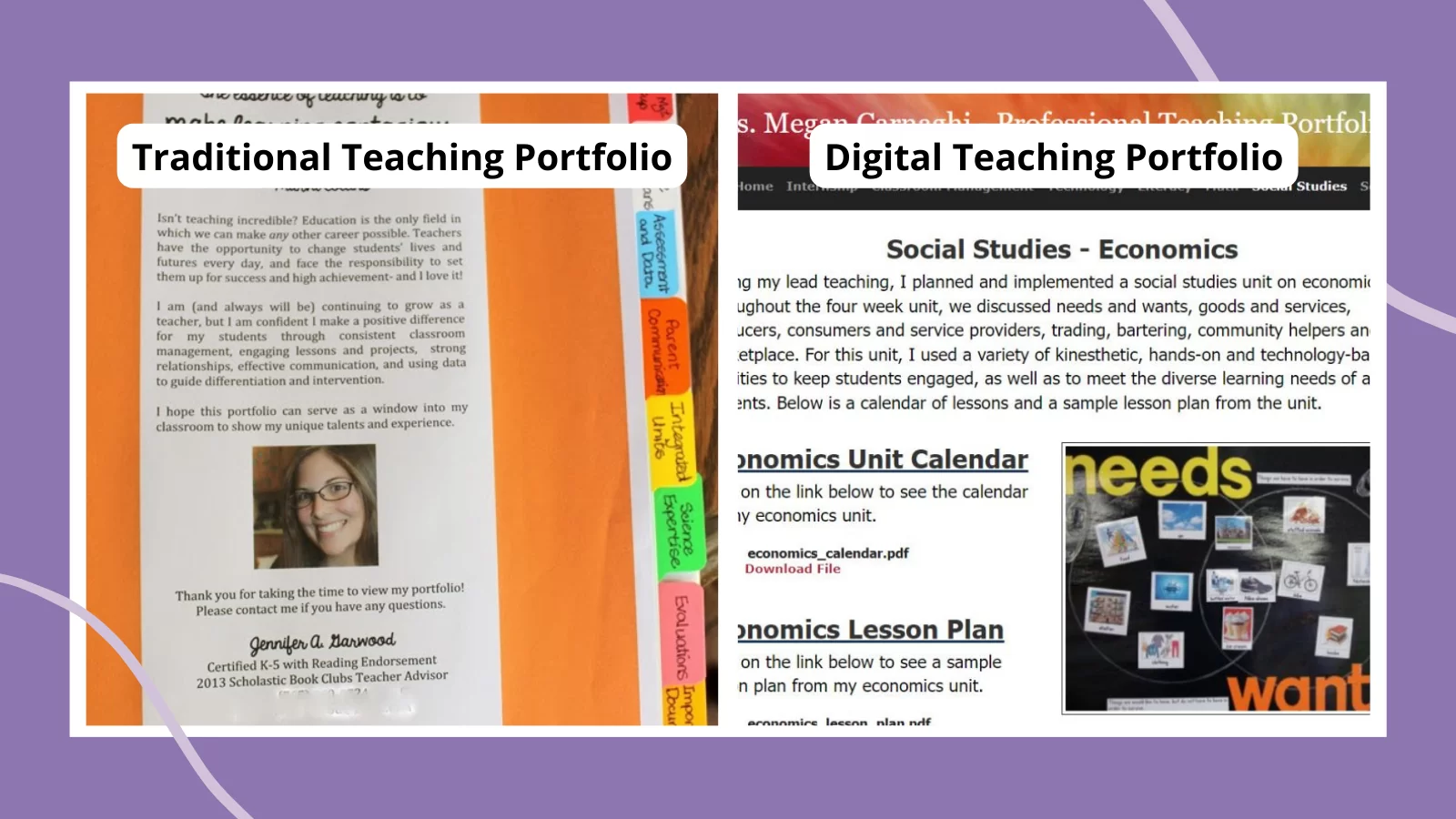How do I create an engaging and informative online portfolio for my creative work?


Creating an engaging and informative online portfolio for your creative work is essential in today’s digital age. Whether you are a website designer, graphic designer, or an artist looking to showcase your work, a well-designed portfolio website can help you stand out from the competition and attract potential clients or employers. In this article, we will explore some tips and examples to help you create a compelling online portfolio that effectively showcases your creative work.
1. Define your goals and target audience
Before diving into the design and content of your portfolio website, it is important to define your goals and identify your target audience. Ask yourself what you want to achieve with your portfolio and who you want to attract. Are you looking to land freelance projects, secure a job, or simply showcase your work to a wider audience? Understanding your goals and target audience will help you tailor your portfolio to meet their expectations.
2. Choose a clean and user-friendly design
When it comes to website design, simplicity is key. Opt for a clean and minimalist design that allows your work to take center stage. Avoid cluttered layouts, excessive animations, or distracting elements that can detract from your creative work. Use a responsive design that adapts to different screen sizes and devices, ensuring a seamless user experience for visitors.
3. Showcase your best work
Your portfolio should highlight your best and most relevant work. Select a variety of projects that demonstrate your skills and expertise in different areas. If you specialize in a particular niche, make sure to include examples that showcase your proficiency in that area. Remember, quality is more important than quantity. It is better to have a few outstanding pieces than a large number of mediocre ones.
4. Provide context and descriptions
While your work should speak for itself, providing context and descriptions can enhance the viewer’s understanding and appreciation of your creative work. Include a brief description or caption for each project, explaining the objectives, challenges, and solutions involved. This will give potential clients or employers a deeper insight into your creative process and problem-solving abilities.
5. Organize your portfolio effectively
Organize your portfolio in a logical and intuitive manner. Use categories or filters to group similar projects together, making it easier for visitors to navigate and find what they are looking for. Consider creating separate sections for different types of work, such as website design, graphic design, illustrations, or photography. This will help showcase your versatility and expertise in different areas.
6. Include a bio and contact information
In addition to showcasing your work, your portfolio should also provide information about yourself. Include a brief bio that highlights your background, skills, and experience. This will help potential clients or employers get to know you better and understand your unique perspective. Don’t forget to include your contact information, such as your email address or social media profiles, so that interested parties can easily get in touch with you.
7. Keep it up to date
An online portfolio is a dynamic representation of your creative work, so it is important to keep it up to date. Regularly update your portfolio with new projects, remove outdated or irrelevant work, and refresh your bio and contact information. This shows that you are actively engaged in your craft and ensures that potential clients or employers see your most recent and relevant work.
8. Seek inspiration from other portfolios
Looking at other portfolio examples can provide valuable inspiration and ideas for your own portfolio website. Explore the portfolios of other creative professionals in your field and take note of what you like and what you think works well. Pay attention to the layout, navigation, color schemes, and overall user experience. However, remember to stay true to your own style and brand identity, and avoid directly copying or imitating other portfolios.
In conclusion, creating an engaging and informative online portfolio for your creative work requires careful planning and attention to detail. Define your goals and target audience, choose a clean and user-friendly design, showcase your best work, provide context and descriptions, organize your portfolio effectively, include a bio and contact information, keep it up to date, and seek inspiration from other portfolios. By following these tips and examples, you can create a compelling portfolio website that effectively showcases your creative work and attracts potential clients or employers.
Recent Posts
How do I create an engaging and informative online quiz or assessment?
Creating an engaging and informative online quiz or assessment can be a powerful tool for… Read More
What are the most effective methods for managing and reducing work-related stress in the hospitality industry?
Work-related stress is a common issue in the hospitality industry, where employees often face long… Read More
How can I improve my assertiveness and communication skills in a leadership position?
In a leadership position, assertiveness and effective communication skills are crucial for success. Being able… Read More
What are the key elements of a successful employee recognition and rewards program?
Employee recognition and rewards programs play a crucial role in motivating and engaging employees, as… Read More
How do I effectively manage and respond to customer feedback and reviews?
Customer feedback and online reviews play a crucial role in shaping a company's reputation and… Read More
What are the best strategies for effective time management as a stay-at-home parent?
Effective time management is crucial for stay-at-home parents who juggle multiple responsibilities on a daily… Read More